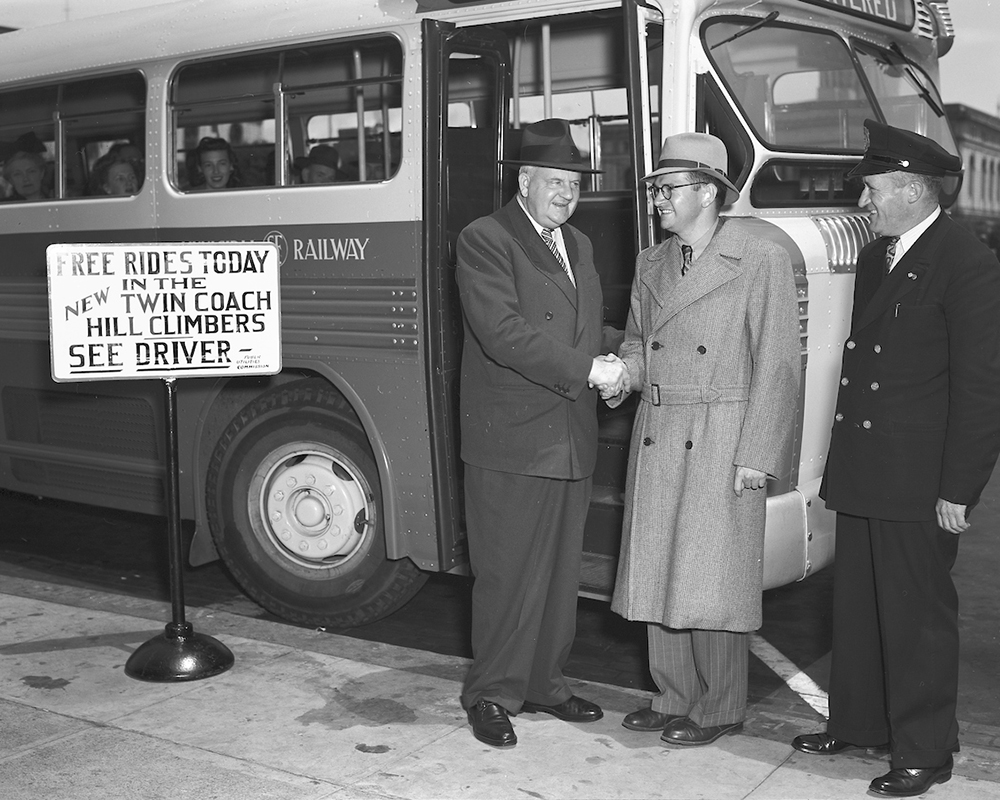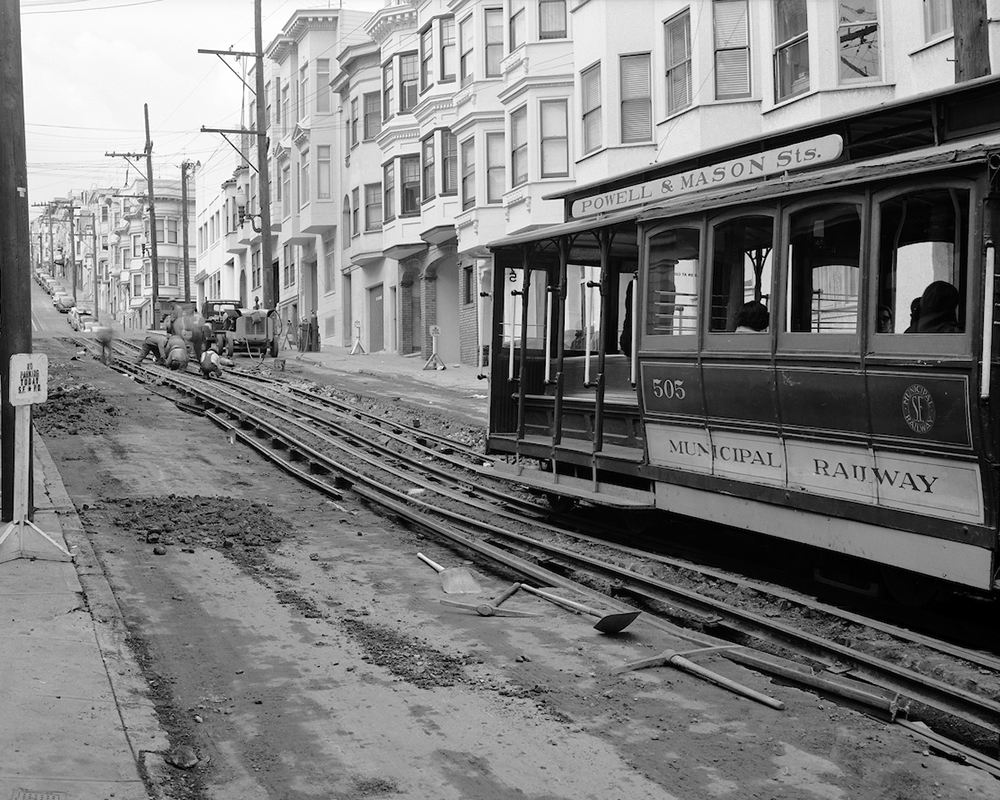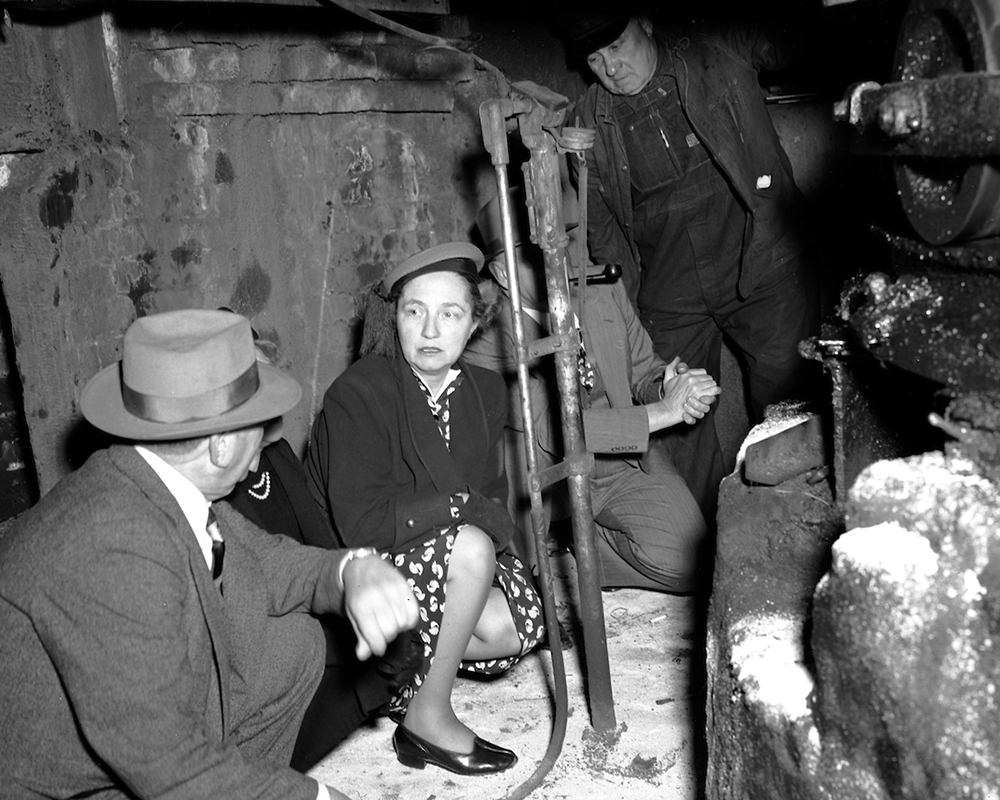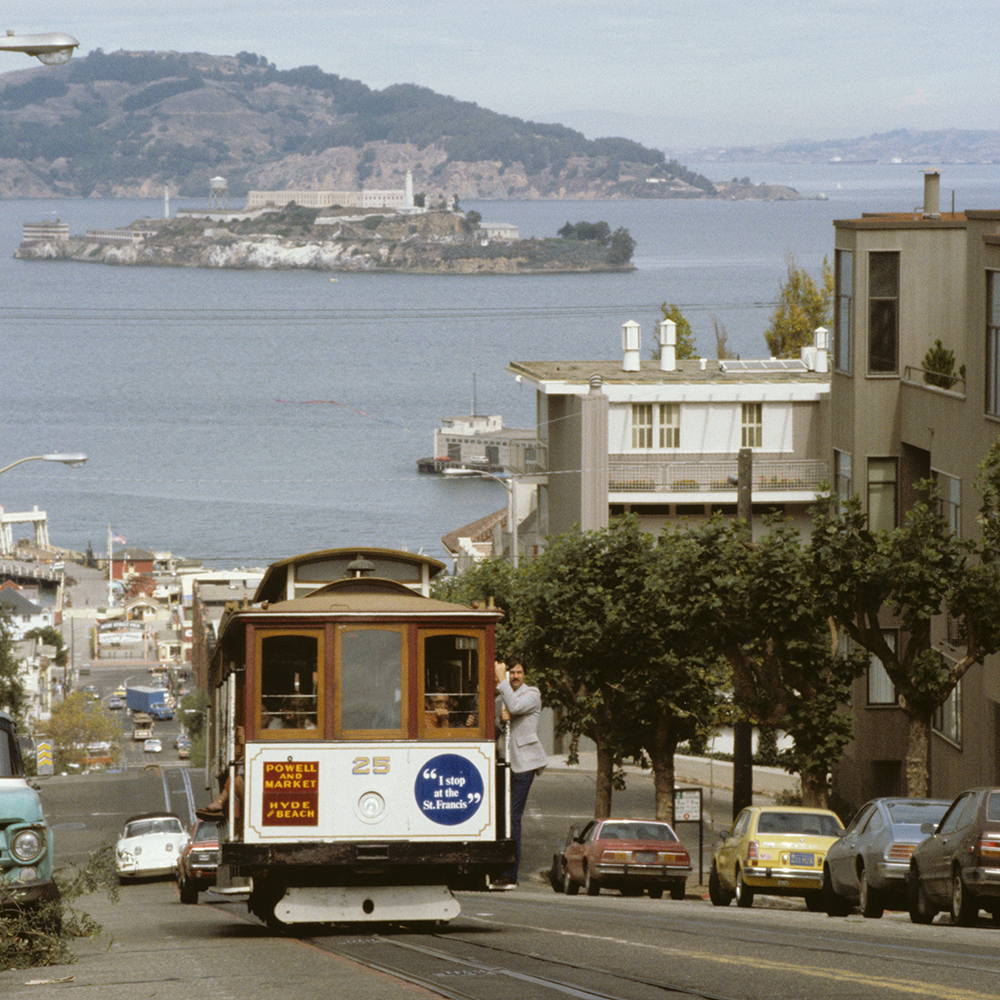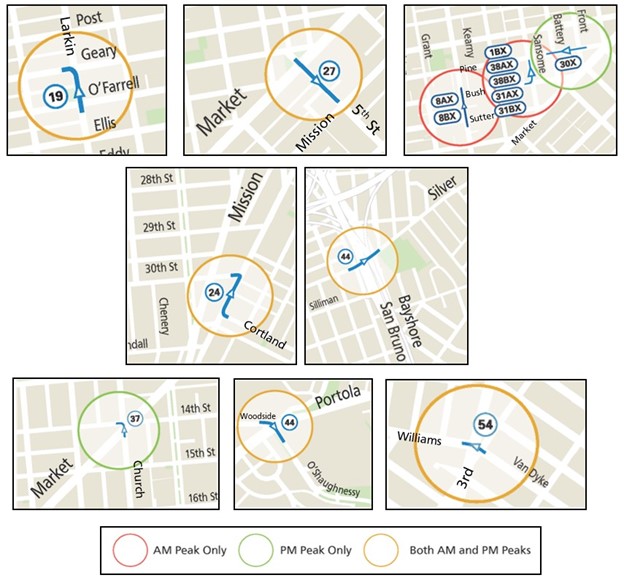By Lori Phelan
Some of the agency’s most skilled transit operators, mechanics and parking control officers recently polished up their silver stars and rode into Daly City for an epic showdown at the Cow Palace. It was a chance to show they were the best of the best. And boy did they deliver!
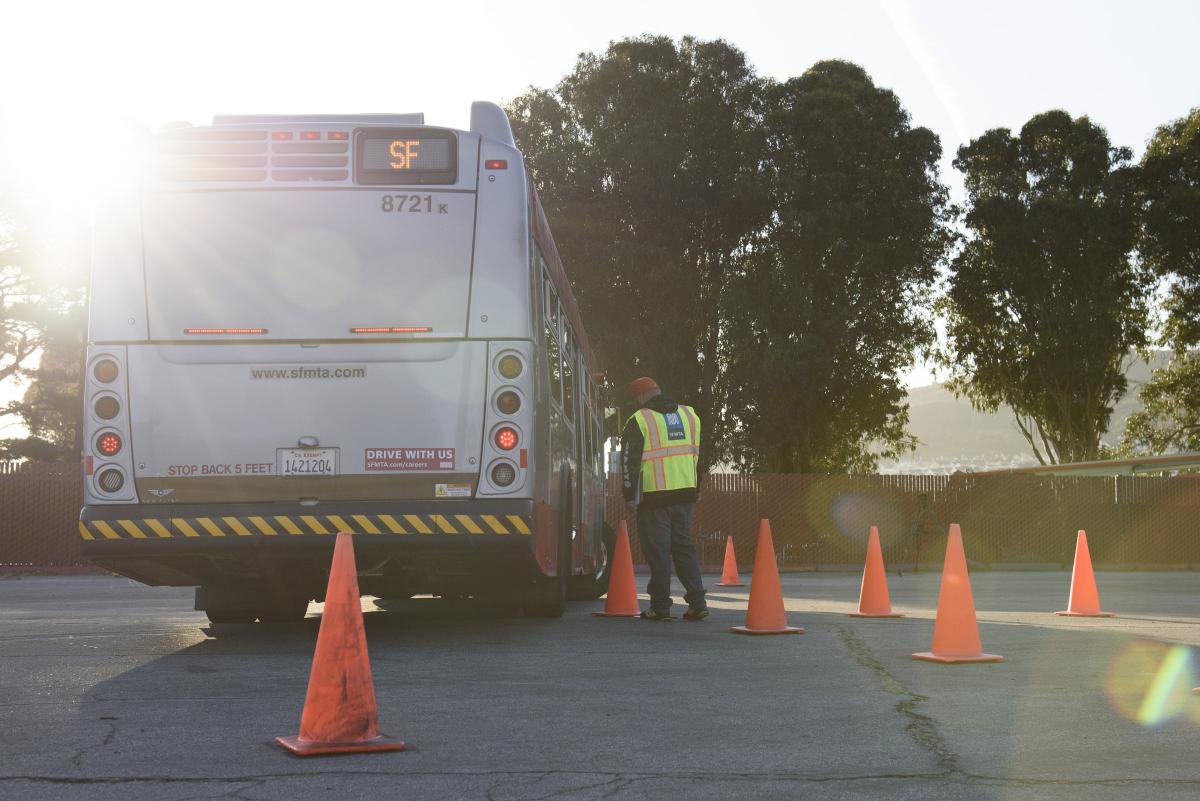
The SFMTA Roadeo had dozens of transit operators navigate through a course containing various obstacle while under a strict time limit.
The event was the 32nd Annual Bus Roadeo (and yes, you read that correctly). The name "roadeo" is derived from the better-known horse rodeo competition. The original roadeos, which began in 1937, featured trucks in various categories going through the same obstacles that drivers go through today. The agency took on the moniker in 1974 and held the inaugural event in the parking lot at the former Candlestick Park. It was there a dozen transit operators competed to determine who would lasso the award as best driver. There have been numerous Roadeos over time – 31 to be exact – but the event has been dormant since 2016. Bringing it back now is about so much more than bragging rights. “The Roadeo is about celebrating safety and customer excellence,” said Transit Director Julie Kirschbaum. "And that’s something we can all strive for at any time."
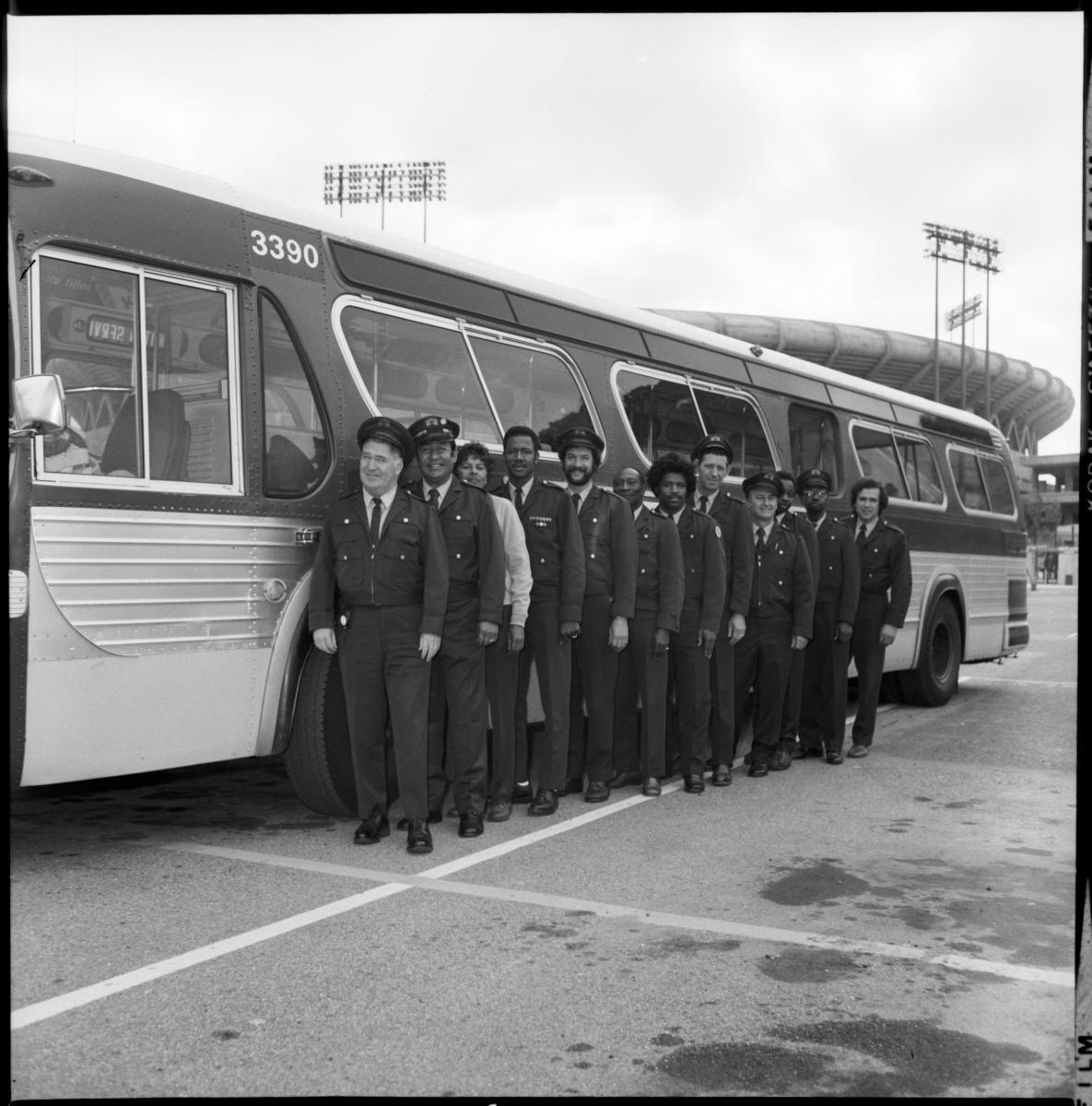
Muni operators lineup to compete in the Bus Safety Rodeo at Candlestick Park (SFMTA Photo Archive, Oct. 29, 1974)
As part of the contest, dozens of transit operators had to navigate 40’ buses through a course containing various obstacles while under a strict time limit. A few of the boxes they needed to check included driving through a narrowing lane that is only 3-inches wider than the bus and stopping within inches of a simulated curb. As drivers negotiated the obstacle course, the buses were also equipped with a device that generated a smoothness of operation score.
Muni mechanics also competed in their own competition. Teams faced off in multi-test challenges that featured simulated vehicle problems and breakdowns. Participants were tasked with diagnosing and repairing issues in a timed contest. They were joined by many of the agency’s parking control officers who competed in their own three-wheeled interceptors, navigating a very tight, timed course.
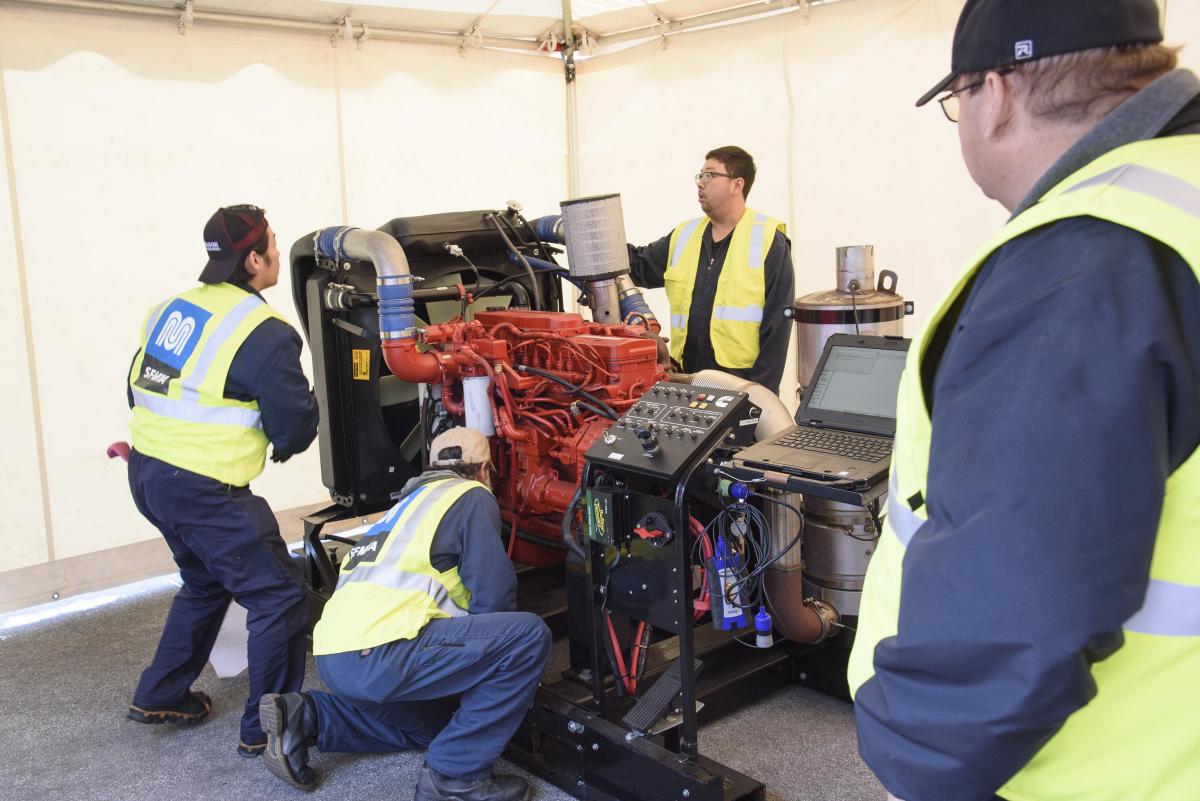
Mechanics competed in teams, working to resolve complex issues they face on a regular basis.
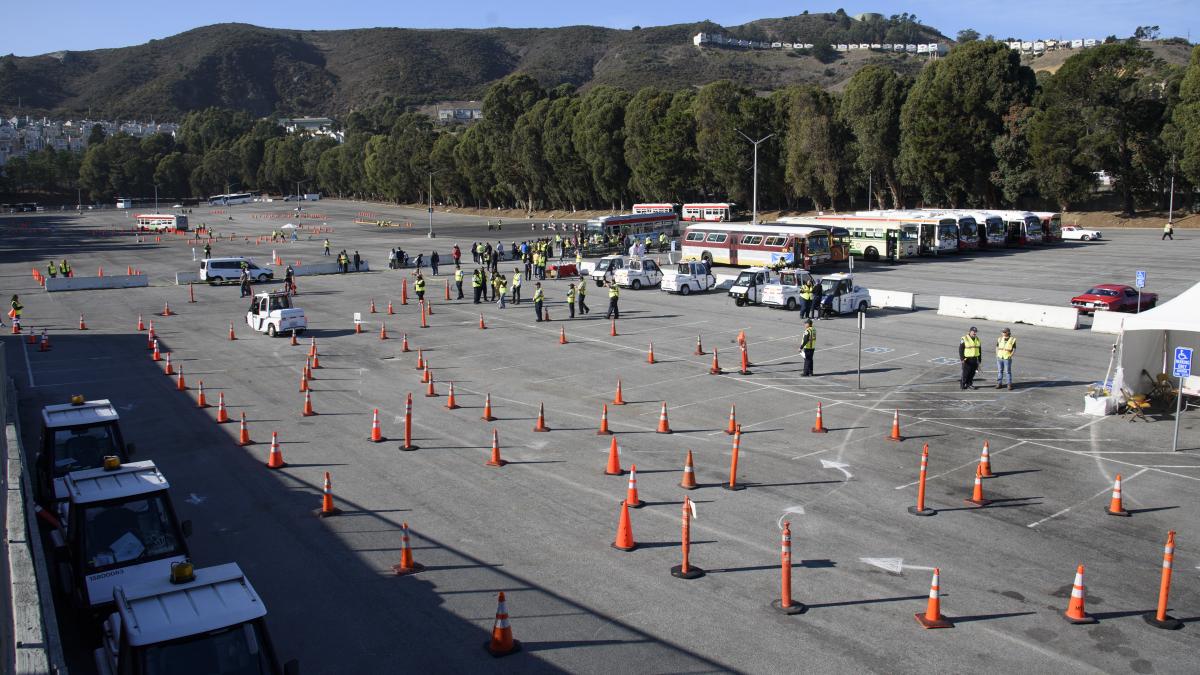
Parking Control Officers competed against each other navigating a maze that had them perform complex maneuvers at various points.
According to event frontrunner and Transit Senior Operations Manager Leda Rozier, "This event is about so much more than a skills contest (although that’s important), it’s about building on teamwork, morale and communication. The rest of us at the agency have certainly been impressed and consider ourselves lucky to call all the competitors our colleagues."
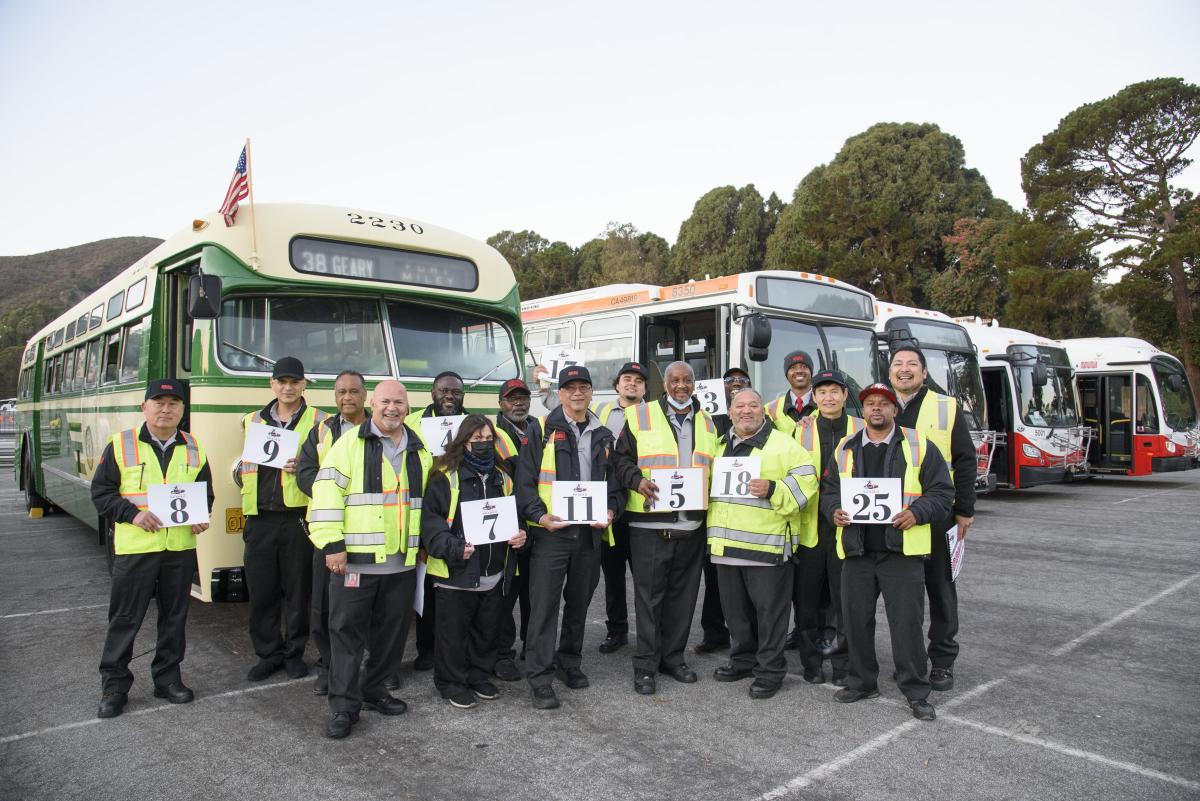
Several vintage buses (No. 42 the 1938 White; No. 2230 the 1956 Mack; and No. 3287 the 1969 GMC) along three of our newest battery electric buses from each manufacturer from the pilot fleet were on display, as well as a private car collection. Shown with transit operator competitors.
Winners and organizers will be honored at the SFMTA Board of Directors meeting at 1 p.m., Nov. 1 at City Hall, Room 400. Meetings are open to the public and are streamed live through SFGovTV.
Published October 31, 2022 at 01:38PM
https://ift.tt/DuF0yCf
